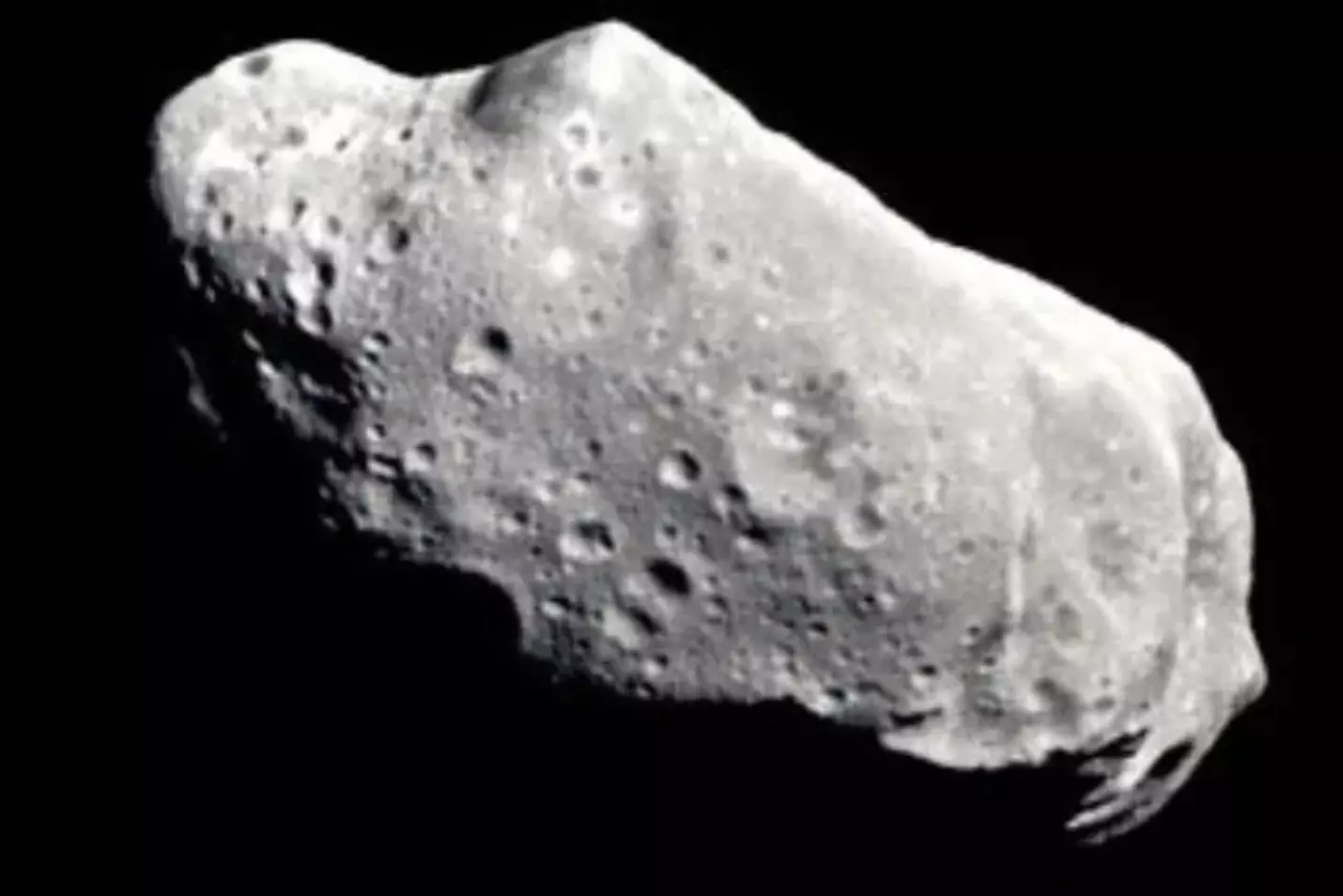Asteroid Vesta, formed 4 billion years ago, likely visible today: Here's how to spot it in India
Asteroid Vesta, formed 4 billion years ago, likely visible today: Here's how to spot it in India

If you missed last year’s "mini Moon," don’t worry – another exciting celestial event is happening today! The asteroid Vesta, which formed around 4 billion years ago, is set to achieve opposition on May 2, making it visible to skywatchers tonight.
When an object is in opposition, it is positioned directly opposite the Sun in the sky, reflecting more sunlight and becoming much easier to see. This alignment makes it the perfect time to observe Vesta.
What is Vesta?
Vesta, the second largest asteroid in the asteroid belt, measures a massive 530 kilometers in diameter. This opposition is a rare event, as Vesta won’t reach opposition again until October 13, 2026.
Visibility in India
According to In-The-Sky.org, Vesta will rise above the eastern horizon in India at 8:27 pm IST and remain visible until 5:12 am the next morning. It will reach its highest point in the sky at 12:49 am, located above the southern horizon. Afterward, it will descend below the western horizon. To get the best view, binoculars are recommended, though a telescope will offer a clearer image.
A Close Encounter
At this time, Vesta will be at its closest point to Earth – known as perigee – approximately 177 million kilometers away. This makes it an exciting opportunity for observation.
Vesta has long been a subject of scientific interest. NASA’s Dawn spacecraft studied the asteroid from 2007, gathering valuable data on its geology and composition. The asteroid offers a unique look into the early solar system, as it formed just 1 to 2 million years after the birth of the solar system. Scientists are particularly fascinated by Vesta because of a massive collision that occurred less than a billion years ago, which caused the asteroid to lose about one percent of its mass.

